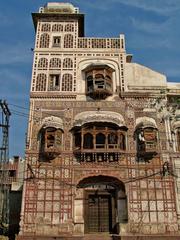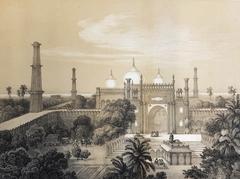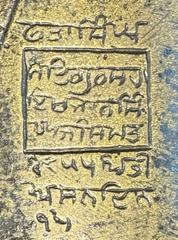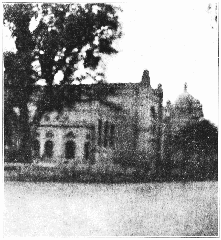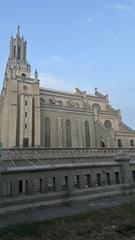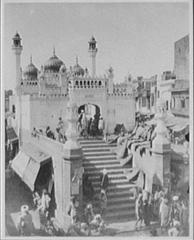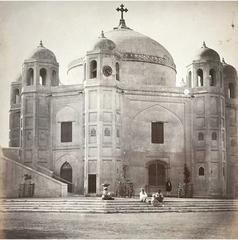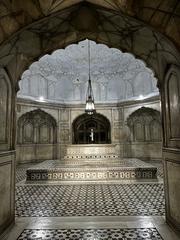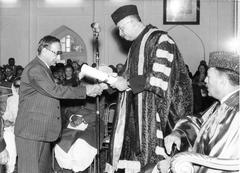Minar-e-Pakistan Visiting Hours, Tickets, and Historical Sites in Lahore
Date: 17/07/2024
Introduction
Minar-e-Pakistan, located in the heart of Lahore, stands as a monumental testament to Pakistan’s historical journey and cultural heritage. This iconic structure marks the site where, on March 23, 1940, the Lahore Resolution was passed by the All-India Muslim League, demanding a separate homeland for Muslims in British India. This resolution ultimately led to the creation of Pakistan on August 14, 1947 (Dawn). The Minar, situated in Iqbal Park, is not only a symbol of Pakistan’s independence but also a blend of Mughal, Islamic, and modern architectural styles that reflect the nation’s rich cultural tapestry and its aspirations for the future (The News International). This comprehensive guide will provide you with all the necessary information for visiting Minar-e-Pakistan, including its history, architectural significance, visitor tips, and nearby attractions, ensuring you have a memorable and enriching experience.
Table of Contents
- [Visiting Minar-e-Pakistan - History, Tickets, and Must-See Attractions](#visiting-minar-e-pakistan---history-tickets-and-must-see-attractionsvisiting-minar-e-pakistan-history-tickets-and-must-see-attractions)
- [The Lahore Resolution - A Defining Moment](#the-lahore-resolution---a-defining-momentthe-lahore-resolution-a-defining-moment)
- [The Birth of a Nation and its Towering Symbol](#the-birth-of-a-nation-and-its-towering-symbolthe-birth-of-a-nation-and-its-towering-symbol)
- [Architectural Significance - A Fusion of Styles](#architectural-significance---a-fusion-of-stylesarchitectural-significance-a-fusion-of-styles)
- [Symbolism - More Than Just Bricks and Mortar](#symbolism---more-than-just-bricks-and-mortarsymbolism-more-than-just-bricks-and-mortar)
- [Visitor Information](#visitor-informationvisitor-information)
- [Nearby Attractions and Accessibility](#nearby-attractions-and-accessibilitynearby-attractions-and-accessibility)
- [Unique Aspects](#unique-aspectsunique-aspects)
- [FAQ Section](#faq-sectionfaq-section)
- [Conclusion](#conclusionconclusion)
- [References](#referencesreferences)
Visiting Minar-e-Pakistan - History, Tickets, and Must-See Attractions
Minar-e-Pakistan, towering over the Lahore skyline, is more than just a monument; it’s a powerful symbol of Pakistan’s tumultuous birth and the enduring spirit of its people. Standing tall in the Iqbal Park of Lahore, it marks a pivotal moment in South Asian history – the Lahore Resolution.
The Lahore Resolution - A Defining Moment
On March 23, 1940, at the very grounds where Minar-e-Pakistan stands today, the All-India Muslim League, led by Muhammad Ali Jinnah, passed a landmark resolution. This resolution, which came to be known as the Lahore Resolution (or Pakistan Resolution), demanded a separate homeland for the Muslims of British India, marking the first formal demand for the creation of Pakistan.
The Birth of a Nation and its Towering Symbol
Seven years after the Lahore Resolution, Pakistan gained independence on August 14, 1947. To commemorate this historic event and the pivotal role of the Lahore Resolution, the foundation stone of Minar-e-Pakistan was laid in 1960. The monument’s name itself, “Minar-e-Pakistan,” translates to “Tower of Pakistan,” signifying its embodiment of the nation’s identity.
Architectural Significance - A Fusion of Styles
The Minar-e-Pakistan is a stunning example of Mughal/Islamic architecture blended with modern design elements. Standing at a height of approximately 60 meters (200 feet), the tower’s base resembles a blossoming flower, symbolizing the newly formed nation’s growth and prosperity. The petals of this symbolic flower are built with large concrete slabs, representing the strength and resilience of the Pakistani people.
Symbolism - More Than Just Bricks and Mortar
Every aspect of Minar-e-Pakistan is infused with symbolism:
- Ascending Levels: The tower’s different levels, accessible by stairs and an elevator, represent the arduous journey towards independence.
- Inscriptions: The base of the Minar-e-Pakistan features inscriptions of the text of the Lahore Resolution in Urdu, Bengali, and English, along with the names and verses from the Quran. These inscriptions serve as a constant reminder of the ideological foundation upon which Pakistan was built.
- National Unity: The monument stands as a symbol of unity, reminding all Pakistanis of their shared history and the importance of national cohesion.
Visitor Information
- Ticket Prices: Visiting Minar-e-Pakistan is free of charge, making it an accessible attraction for everyone.
- Opening Hours: The monument is open to the public from 8:00 AM to 10:00 PM daily.
- Travel Tips: It’s best to visit early in the morning or late in the evening to avoid the midday heat. Always carry water and wear comfortable shoes as you may need to walk around the park.
Nearby Attractions and Accessibility
- Nearby Historical Sites: While visiting Minar-e-Pakistan, explore other historical landmarks in Lahore such as the Badshahi Mosque, Lahore Fort, and Shalimar Gardens.
- Accessibility Information: Minar-e-Pakistan is accessible to people with disabilities. The surrounding park has wheelchair-friendly paths, and there are elevators available to access different levels of the monument.
Unique Aspects
- Special Events: The site hosts various national celebrations, including Pakistan Day on March 23rd and Independence Day on August 14th. These events often feature cultural performances, parades, and fireworks.
- Guided Tours: Guided tours are available for those interested in a deeper understanding of the monument’s history and significance. These tours provide insights into the architectural features and the historical context of Minar-e-Pakistan.
- Photographic Spots: For photography enthusiasts, the best views of Minar-e-Pakistan can be captured from the higher levels of the monument and various vantage points in Iqbal Park.
FAQ Section
-
What are the visiting hours for Minar-e-Pakistan?
- The monument is open from 8:00 AM to 10:00 PM daily.
-
How much are tickets to Minar-e-Pakistan?
- Entry to Minar-e-Pakistan is free of charge.
-
Are guided tours available?
- Yes, guided tours are available and provide detailed historical and architectural insights.
Conclusion
In conclusion, Minar-e-Pakistan is more than just a historical monument; it is a beacon of national unity and a testament to the enduring spirit of the Pakistani people. From its symbolic architectural design to its rich history encapsulated in the Lahore Resolution, the Minar stands as a poignant reminder of the sacrifices made for the nation’s independence and the ideals upon which Pakistan was founded. Visiting Minar-e-Pakistan offers an immersive experience into the heart of Pakistan’s history, providing insights into its cultural heritage and the struggles that shaped its identity (The Express Tribune). Plan your visit to this architectural marvel and delve into the rich history it represents, ensuring a memorable and insightful experience.
